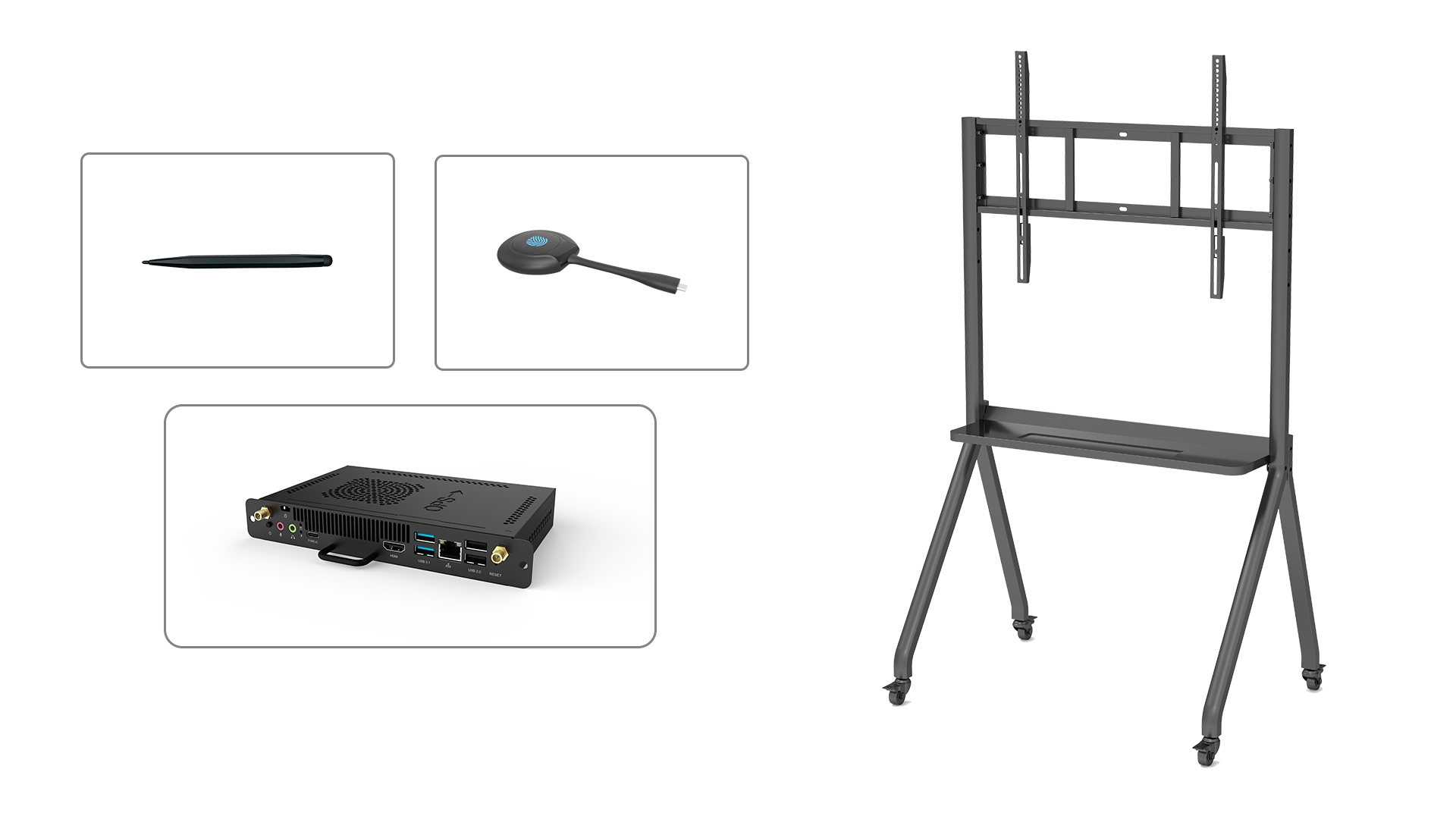The use of technology in education has transformed the way teachers teach and students learn. One such technological advancement that has gained popularity in recent years is the smart board. Smart boards are interactive whiteboards that combine the features of a traditional whiteboard with the power of a computer. These innovative tools have revolutionized the classroom experience and have become an essential part of modern education.
Enhanced Interactivity
One of the key benefits of smart boards in classrooms is the enhanced interactivity they offer. Unlike traditional whiteboards, smart boards allow teachers and students to interact with digital content in real-time. Teachers can write, draw, and annotate directly on the board, making the learning process more engaging and dynamic. Students can also participate actively by interacting with the board, solving problems, and collaborating with their peers.
Engaging Multimedia Capabilities
Smart boards are equipped with multimedia capabilities that make learning more interactive and enjoyable. Teachers can display videos, images, and animations to support their lessons and cater to different learning styles. The ability to incorporate multimedia content into the classroom not only helps in capturing students' attention but also facilitates better understanding of complex concepts.
Access to Vast Educational Resources
With smart boards, teachers have access to a wide range of educational resources available on the internet. They can browse websites, access online libraries, and use educational apps to supplement their lessons. This allows teachers to provide students with up-to-date and relevant information, making the learning process more comprehensive and meaningful.
Real-Time Collaboration
Smart boards enable real-time collaboration among students, fostering teamwork and communication skills. Students can work together on group projects, solve problems collectively, and share their ideas on the board. This collaborative approach not only enhances students' social skills but also encourages critical thinking and creativity.
Improved Learning Outcomes
Studies have shown that the use of smart boards in classrooms leads to improved learning outcomes. The interactive and multimedia features of smart boards help students retain information better, as compared to traditional teaching methods. The visual and hands-on nature of smart boards appeals to different learning styles, ensuring that all students can actively participate and grasp the concepts being taught.
Conclusion
As technology continues to advance, incorporating smart boards in classrooms has become a necessity rather than an option. The benefits they offer, such as enhanced interactivity, engaging multimedia capabilities, access to vast educational resources, real-time collaboration, and improved learning outcomes, make smart boards an invaluable tool in modern education. By embracing this technology, educators can create a more interactive and effective learning environment, preparing students for success in the digital age.
- smart board in classroom
- interactive whiteboard in education
- technology in modern classrooms
- benefits of smart boards
- improved learning outcomes with smart boards






